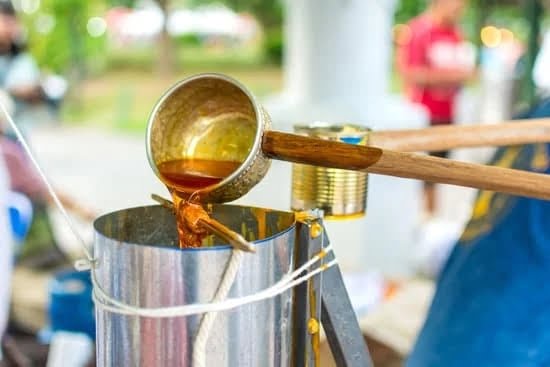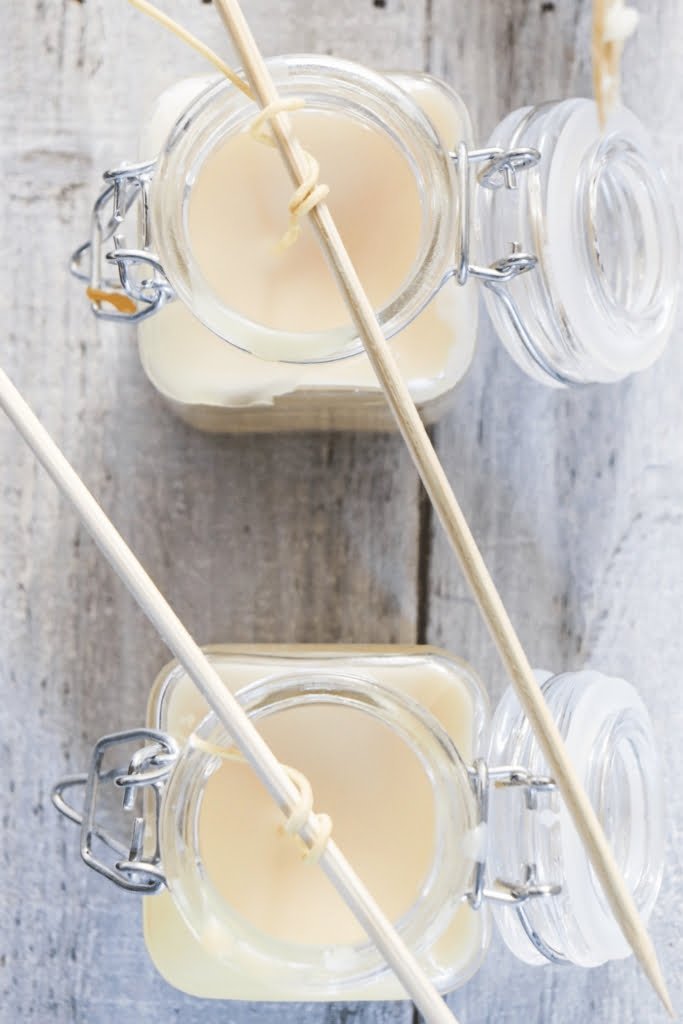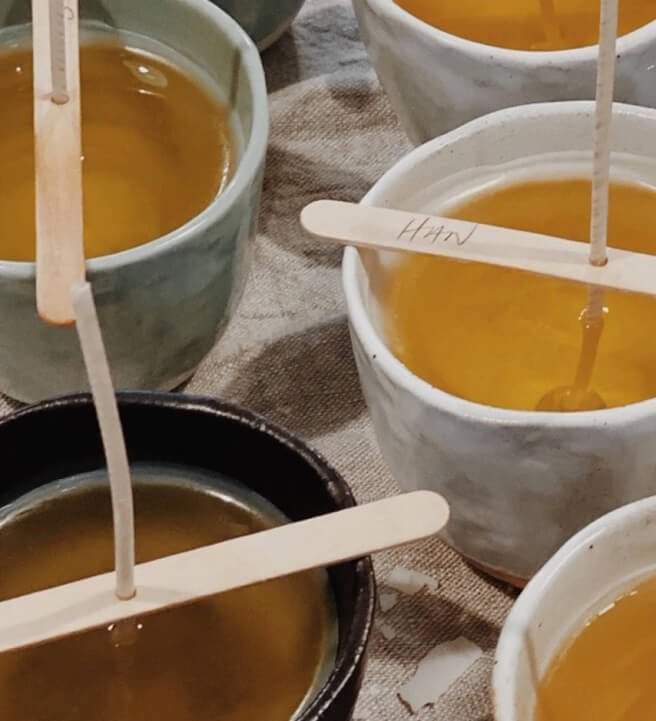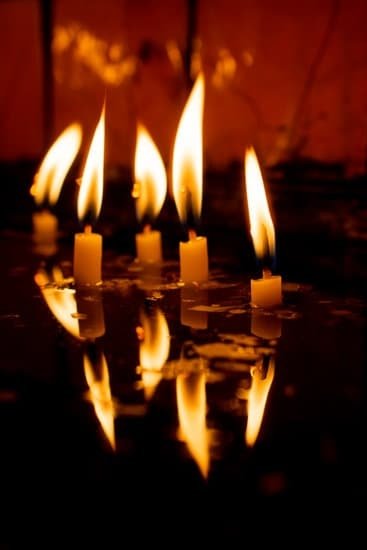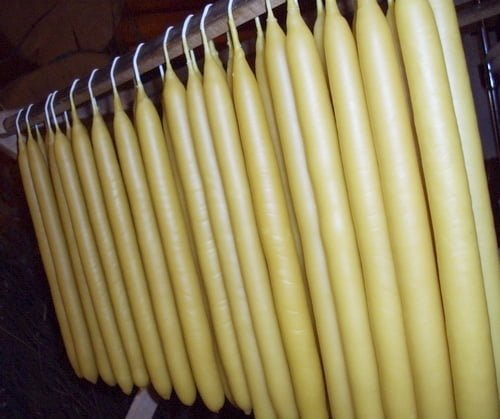Introduction
Perfume can be used to enhance the scent of your home-made candles, adding a special touch to warm, cozy settings. Incorporating perfume into your candle making process is an easy way to make beautiful gifts for friends and family or wonderful additions to parties and celebrations. Perfume can be used to create fragrances that reflect different moods or moments. From fresh citrus scents and floral aromas to cozy woods and mouth-watering gourmands, there are seemingly endless options available.
When added correctly, perfume will provide a lasting aroma even after the candle has been extinguished. To help ensure that your candles come out smelling their best, it’s important to learn how to use perfume correctly when creating them. Start by shopping around for a high-quality fragrance oil specifically formulated for candle making ” this will guarantee you will get accurate scent throw during burning as well as a more consistent composition throughout the melting process. For safety reasons, fragrance should usually be added before pouring the wax so that the scent does not ignite due to its potential alcohol content. When it comes time to add the perfume oil in its liquid form, aim for about 8% of total wax weight in order for good scent throw ” meaning 1oz of fragrance oil per 1lb of wax for normal applications or up to 2oz/lb if desired extra strong fragrance is wanted. Finally, make sure you are stirring slowly and evenly in order for all aspects of the mixture reach achieve a consistent temperature before pouring into molds or completing other project steps as needed!
Types of Oils Ideal for Candle Making
There are many types of oils that are ideal for candle making. Essential oils, fragrance oils, and plant-based carrier oils can all be used to scent candles. Essential oils are natural fragrances derived from plants, such as lavender and tea tree. They deliver pure aromas into the air while providing therapeutic benefits to those around them. Fragrance oils are synthetic oil blends that contain many ingredients such as synthetic fragrances and other additives designed to make the scent last longer while also creating a more distinctive aroma. Plant-based carrier oils can also be added to candles to enhance the overall scent performance of a blend. Popular choices include sweet almond oil, avocado oil, coconut oil, jojoba oil and grape seed oil. Different types of oil combinations can create enhanced scents ranging from rich floral to light citrusy fragrances!
Benefits of Adding Different Types of Perfume Oils
Using a variety of perfume oils in candle making offers many advantages for both the candle maker and the customer. As an experienced candle maker, one can not only create a unique and pleasant scent experience, but also create a unique candle with each type of fragrance oil used.
Adding different types of perfume oil gives a vast array to choose from when creating new scents for customers. By incorporating multiple perfumes, people can pick and choose their favorite fragrances to create a personalized scent experience with every candle they buy. For instance, someone might want to mix berries and vanilla oil to accentuate the sweetness or patchouli and sandalwood together to bring out the refreshing aroma. All these options make it easier for customers to find the perfect scent that compliments their décor, lifestyle or season perfectly!
In addition, perfume oil can help improve the burning quality of candles. Perfume oils tend to be highly concentrated and hold up better when burned over long periods than essential oils do during combustion. This means that unlike essential oils, perfume oils add consistency throughout the life cycle of your product. The longer-lasting scents allow customers to enjoy their purchase over time as opposed to having a brief scent experience once lit.
How to Choose the Right Type of Fragrance Oil for Your Candle Making
When it comes to candle making, there is no one-size-fits-all when it comes to perfume for candle making. Depending on the specific scent you want -whether you’re looking for a strong aromatic smell or something subtle and light- you will have to choose the right type of fragrance oil. If you’re new to candle making or just don’t know where to start, here are a few tips for choosing the best scent for your candles:
1. Determine Your Scent Preference: Think about what kind of scents you like and don’t like. Do you enjoy floral scents? Earthy woodsy tones? Fruity smells? This will help narrow your choices down and make choosing more manageable.
2. Choose Natural or Synthetic: Decide if you want natural (plant based) fragrances or synthetic (chemically created). Natural fragrances may cost more but tend to last longer; however, synthetic fragrances pack a much stronger scent in comparison.
3. Consider Matching Scents with Seasonal Themes: Consider pairing a particular season with some typical scents associated with it”like cinnamon clove wax melts during autumn or fresh citrus scented candles during summertime”to add an extra level of zest and creativity to your project!
4. Test First: Make sure that whatever fragrance oil you decide on agrees with the type of wax that is used in your candle recipe before committing fully. Different types of wax require different oils and concentrations, so testing first is important! Moreover, some fragrances may not even be safe for use near open flames or candles at all so research first before using anything!
5. Stick With What You Know: Lastly, if this is your first time attempting scent mixing, stick with basics that are tried and true recipes instead of jumping into crazy combinations right away; experiment a bit but also sticking to classics can mean an awesome end result without any unpleasant surprises!
Different Ways to Add Perfume to Your Candles
Adding a perfume oil to your candle making process can help create fragrance-filled candles with an aroma that will last. To achieve this, the perfume needs to be properly added to the candle wax before pouring it into its final vessel. There are various ways this can be done:
1. Dry scenting: This method entails adding a small amount of pure or diluted fragrance oil directly to the cooled or molten (i.e. liquid) wax and stirring until fully incorporated and no longer visible on top of the surface. This is usually done after adding other additives such as colour and/or dye chips for example.
2. Hot blanketing: If a stronger perfumed candle is desired, hot blanketing can be used Approximately 10 percent of the total wax weight should be in the form of fragrance oil drops scattered onto the melted wax before pouring into molds or jars. No stirring required here; rather, a slight rocking movement is all that’s needed to ensure additional scenting at all levels of production while also providing more control over possible evaporation of perma oils caused by heat sources like lamps, tempers, etc.
3. Cold blending: Cold blending involves slowly warming up a few ounces of wax separately and adding pre-measured fragrance oils drops that have been mixed with an emulsifier (to prevent shell separation). This solution is then mixed thoroughly with a wooden stick before being poured onto melted wax for further incorporation without causing cold breakage amongst other adverse side effects from rapid cooling processes during candle making technique progressions!
Safety Tips When Working with Fragrance Oils
When working with fragrance oils in candle making, there are certain safety precautions to keep in mind. First and foremost, always wear protective gear such as gloves, a mask, and eye protection. Fragrance oils are potent and can cause irritations if inhaled or come into contact with skin or eyes. Make sure the area you’re working in is well ventilated to prevent any fumes from building up that could be harmful when inhaled for an extended period of time.
When measuring fragrance oils, take extra caution not to spill any of it on surfaces as some oils may be corrosive and/or flammable”especially near open flames such as when melting wax. Also make sure the fragrance container itself is sealed tightly so less evaporation occurs while not in use; the fragrance should remain potent until its expiration date. Double check your measurements before adding them into the melted wax mixture, then stir thoroughly to ensure they’ve fully blended and dispersed throughout the mixture. Lastly, never leave unattended candles burning; if you ever need to step away from your workspace during the process, extinguish all flames until returning later.
Creative Ideas to Experiment with Perfume in Candle Making
When it comes to making candles, adding perfume can be a great way to add a special touch and make your own unique scent. Perfume for candle making can range from food grade extractions of essential oils such as rosemary and orange, through natural absolutes in ethyl alcohol, and all the way up to artificially created fragrances. Whether you’re looking for subtlety or an intensity of aromas, there’s something out there to suit every taste and match with any kind of wax. Here are some creative ideas to experiment with perfume in candle making:
1. Start by testing different perfumes on strips of paper to get an idea of what you like. You might find a blend that works better than individual scents on their own.
2. Consider adding herbs like lavender or chamomile into your candle wax for added complexity and extra aromas wafting through the room when lit.
3. Make sure you choose a good-quality fragrance oil designed specifically for use in candle-making so it doesn’t separate from the wax or overflow when burned.
4. Experiment with using spices like cinnamon or nutmeg in place of more traditional fragrance oils – this may give your candles a unique scent that is sure to captivate guests!
5. Try blending multiple different perfumes together – a little bit of citrusy sweetness mixed with smoky woods will create an unforgettable aroma that lasts long after the flame has gone out!
6. If you want something more subtle, try using unrefined beeswax instead of paraffin; its natural honey scent will perfume your home without needing any additions!
7. Add dried flower petals into the mix for another layer of aromatic pleasure – roses, jasmine and gardenias all work surprisingly well!
8. If you’re feeling particularly creative or inventive, try brewing up home concoctions based around herbal oils such as vetiver, peppermint and ylang ylang for enjoyable yet completely unique candle experiences!

Welcome to my candle making blog! In this blog, I will be sharing my tips and tricks for making candles. I will also be sharing some of my favorite recipes.

